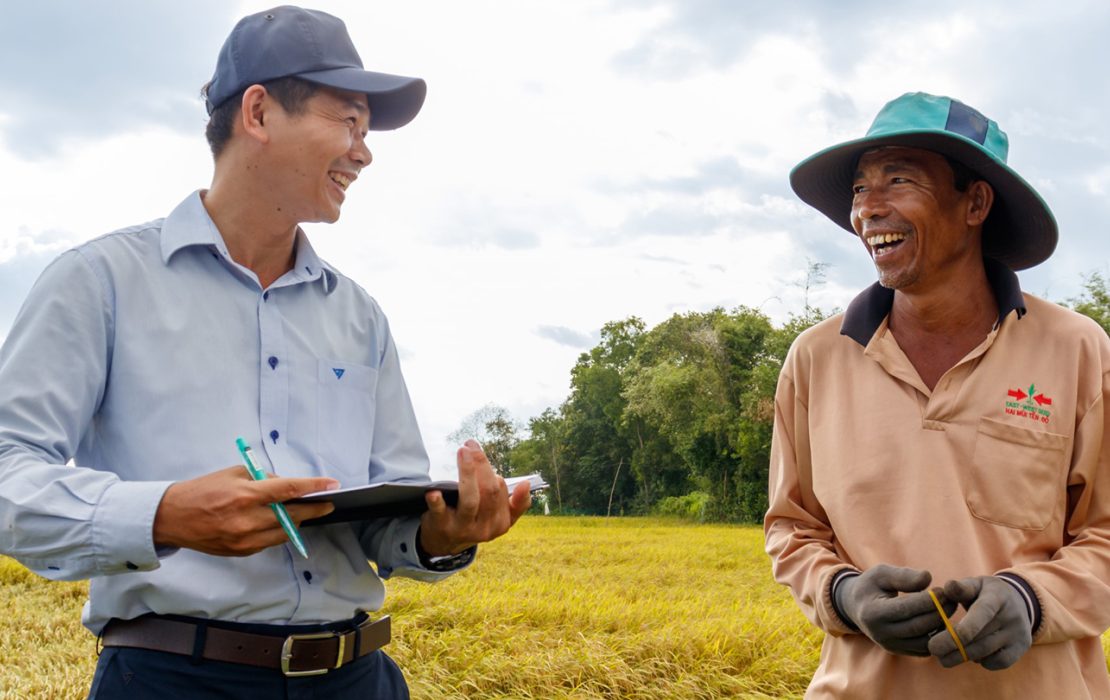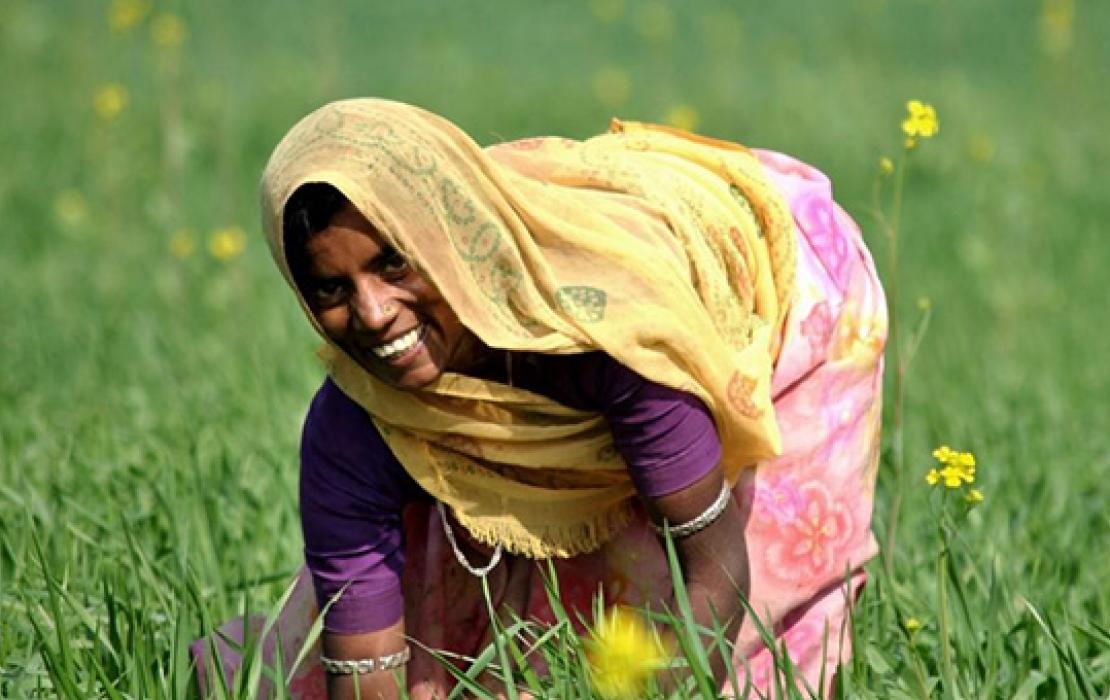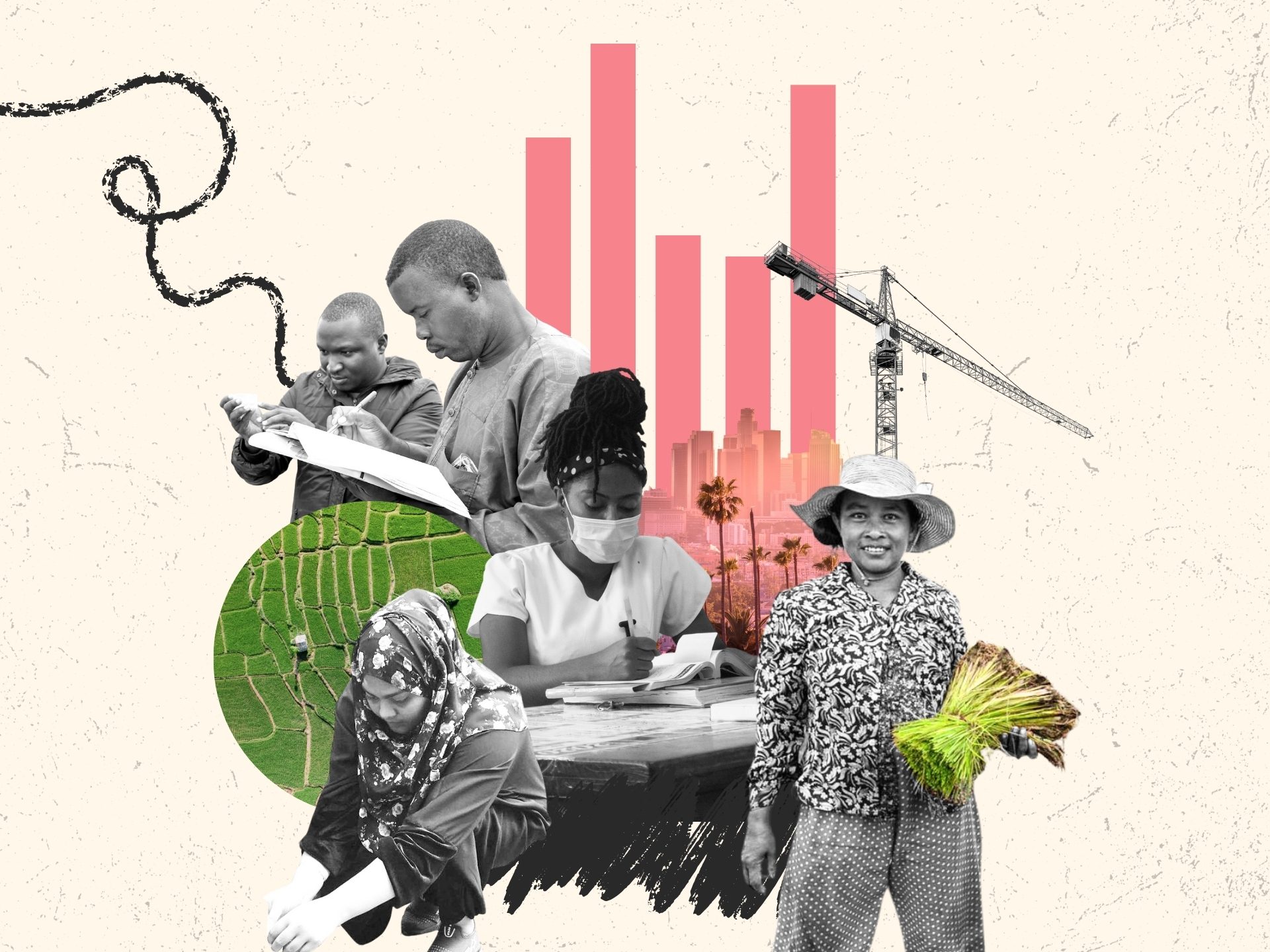
Summary
- National Adaptation Plans (NAPs) outline how countries will adapt to climate change in the medium- and long-term.
- They are designed to fit the unique challenges and climate risks that countries are facing and reduce vulnerabilities to protect people, livelihoods, infrastructure, economic activity and natural ecosystems.
- NAPs also enable governments to access climate finance, mobilize international support and coordinate efforts across different institutions.
- Engaging Indigenous Peoples, youth, women’s groups and other stakeholders is key to ensuring that NAPs are inclusive and responsive to the needs of all.
- Aligning NAPs with NDCs is crucial to building climate resilience and meeting global climate goals.
What are National Adaptation Plans?
National Adaptation Plans (NAPs) outline how countries will adapt to climate change in the medium- and long-term.
These plans allow governments at all levels – national, regional and local – to take action to protect people, livelihoods, infrastructure, economic activity and ecosystems. They are designed to fit the unique challenges and climate risks that countries are facing, helping them reduce vulnerabilities and better prepare for climate change impacts.
NAPs also allow countries to integrate adaptation in their existing and future policies, plans and programmes, ensuring that key sectors, such as agriculture or water, are prepared for changing climate conditions. By planning ahead, governments can reduce risks and build a more climate-resilient future.
Furthermore, NAPs enable governments to access climate finance, mobilize international support and coordinate efforts across different levels of society to drive the implementation of adaptation measures in priority sectors. These measures can include improved water management, ecosystem restoration, land use planning and building resilient infrastructure, which help communities to adapt.
While national governments lead the NAP process, broad participation across different levels of society is essential. Engaging Indigenous Peoples, youth, women’s groups and other stakeholders is key to ensuring the plan is transparent, inclusive and responsive to the needs of all.
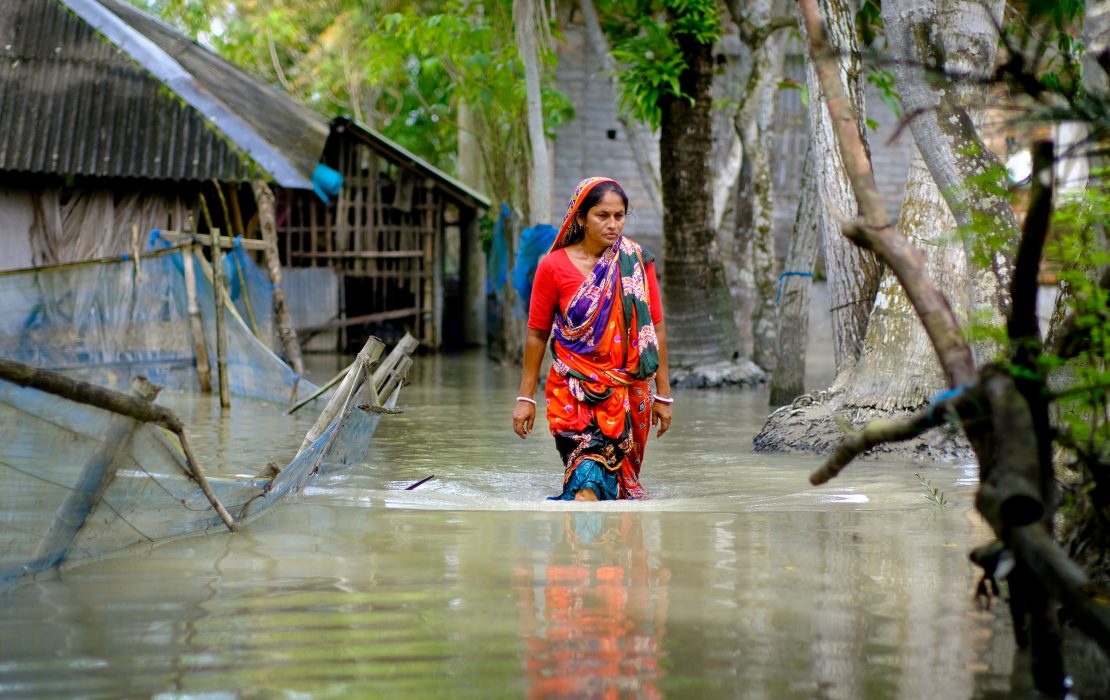
Bangladesh’s NAP was developed with a vision of building a climate-resilient nation through effective adaptation strategies. Photo: Ab Rashid / UNDP Bangladesh
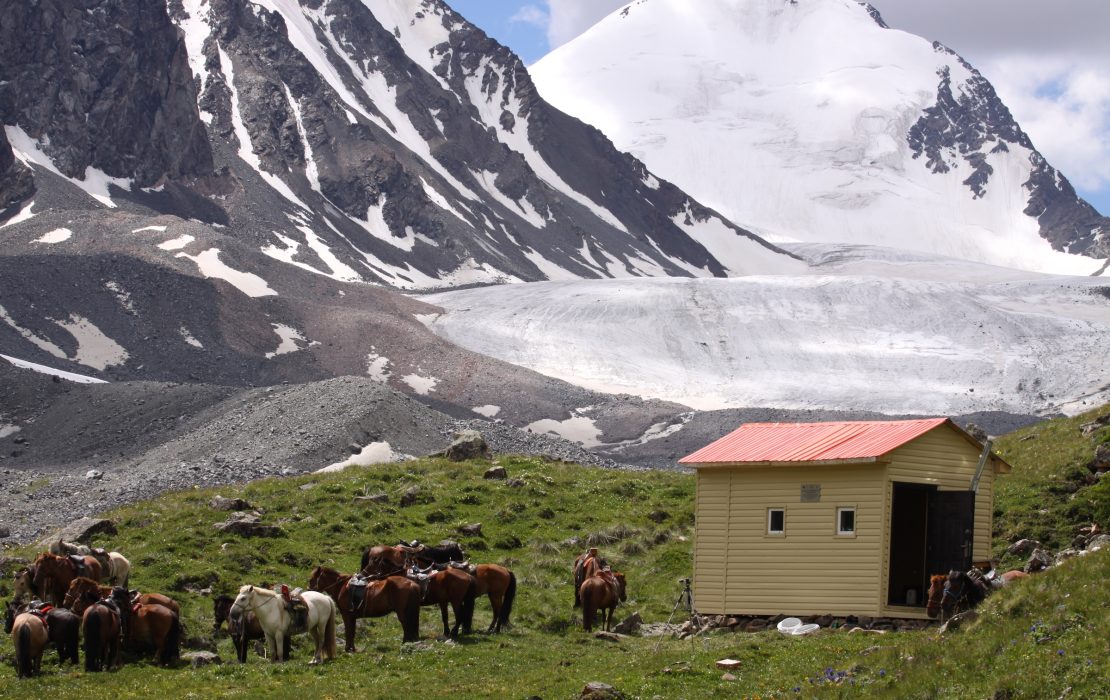
Mongolia’s NAP and NDC have dedicated chapters on adapting animal husbandry and arable farming using nature-based solutions. Photo: UNDP Mongolia
Why are NAPs important for climate action?
Since the world is currently not on track to limit warming to 1.5°C and the unavoidable impacts of climate change are now increasing and accelerating, adaptation is an urgent necessity for countries worldwide.
NAPs are the primary vehicle for countries to plan for medium- to long-term climate change adaptation. This is especially important for the 1.2 billion people who are already exposed to critical climate hazards such as more frequent and more intense storms, floods, heatwaves and droughts. Least Developed Countries (LDCs) and Small Island Developing States (SIDS) are particularly vulnerable and have already been affected by severe climate impacts such as sea level rise, extreme storm surges and ocean acidification.
NAPs help governments prepare for climate change by identifying effective, evidence-based solutions, bringing people together to agree on priorities, and improving decision-making processes. NAPs also function as a blueprint for countries to access climate finance. Many donors and funders require adaptation investments to be aligned with NAPs to ensure coherence and a positive contribution to achieving national priorities.
The NAP process was formally established by the United Nations Framework Convention on Climate Change (UNFCCC) under the Cancun Adaptation Framework at COP16 in 2010, with guidelines adopted the following year. It was created to embed climate adaptation into core development planning, reduce vulnerabilities of communities and ensure a more sustainable future.
The importance of NAPs has been reinforced through the Global Goal on Adaptation (GGA) and the Global Stocktake. The GGA provides a framework for evaluating seven key thematic areas for adaptation: water, health, biodiversity, food, infrastructure, poverty and heritage. It also captures the four steps of the adaptation process: 1) assessing impacts, vulnerabilities and risks, 2) planning adaptation measures; 3) implementing the planned adaptation measures; and 4) monitoring, evaluation and learning. The first Global Stocktake highlighted the lack of sufficient data to assess the adequacy of current adaptation measures and the need to accelerate adaptation action.
How do NAPs align with and support NDCs?
The Paris Agreement encourages countries to link their efforts on adaptation and mitigation, ensuring that national climate commitments and plans are aligned. While Nationally Determined Contributions (NDCs) present a country's overall climate mitigation and adaptation commitments, NAPs provide the specifics needed to guide adaptation priorities and implementation. NAPs are, therefore, complementary in their nature to NDCs.
Therefore, aligning NAPs with NDCs is crucial to building climate resilience and enabling countries to meet their national commitments under the Paris Agreement. In doing so, countries can converge efforts, mobilize financiers and investors and accelerate adaptation action. They can make the most of their resources and drive more effective implementation to build resilience. This approach helps governments to adopt integrated approaches with co-benefits and leverage synergies across national planning processes.
As of September 2024, 81 percent of NDCs included adaptation components, while 75 percent mentioned NAPs, showing a clear integration trend. Under the UAE Framework for Global Climate Resilience, adaptation cycle targets include the formulation and implementation of National Adaptation Plans by 2025 and 2030, respectively.
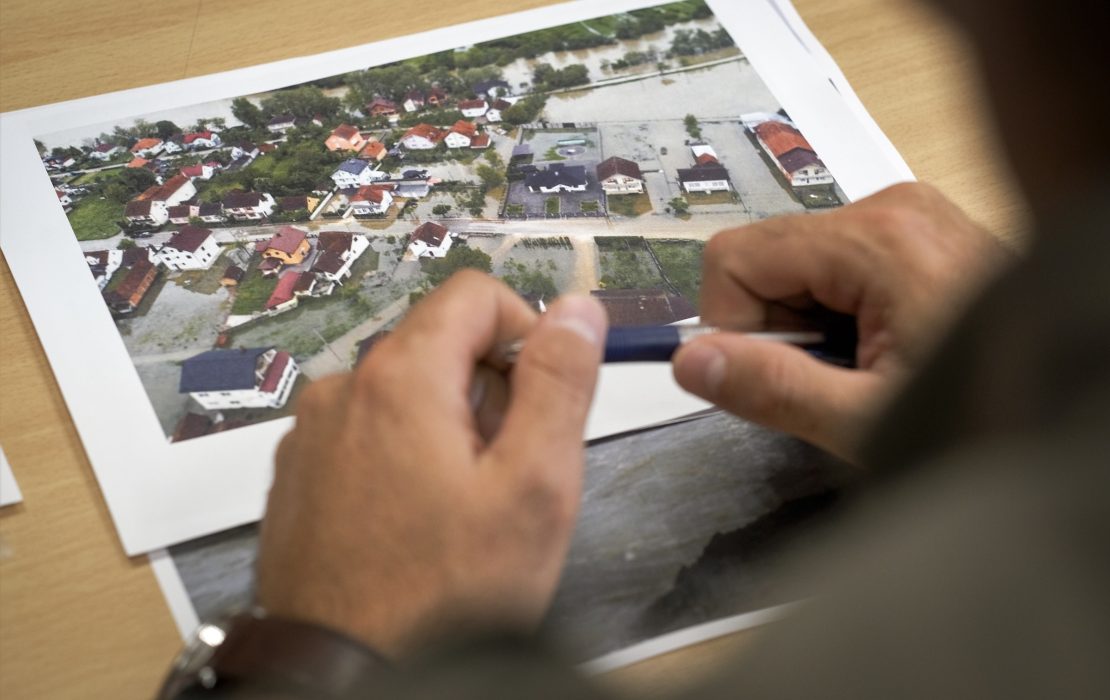
Risk assessment studies help communities in Bosnia and Herzegovina improve their climate adaptation planning. Photo: UNDP Bosnia and Herzegovina

Within the framework of Uruguay’s sectoral NAP-Cities, a multi-hazard assessment was carried out for climate change scenarios in four urban areas. Photo: UNDP Uruguay
How can countries initiate and implement their NAP processes?
As NAPs are country-driven processes, their formulation is led by a designated government entity, often a ministry working on environmental issues. This entity coordinates the participation of key sectoral ministries, planning and finance ministries as well as other stakeholders – which can include international partners – and ensures that the NAP has national ownership.
In preparing a NAP, the leading entity assesses the climate change impacts, risks and vulnerabilities the country is facing. Through extensive consultations at national, regional and local levels, priority sectors are selected for intervention based on the country’s needs. Agriculture, water, forestry, health, infrastructure and cities are some of the most vulnerable sectors to the impacts of climate change, with direct negative effects on people, livelihoods, food security, economic activity and ecosystems.
Countries can start and implement their NAP process by following four key steps. First, they set up strong governance structures to guide decision-making and involve all stakeholders. Next, they conduct climate risk and vulnerability assessments to understand how climate change will impact different sectors and gather important social and economic data. Then, they prioritize and evaluate adaptation options, selecting the most effective solutions based on feasibility and impact. Finally, they ensure success by identifying funding sources, setting up monitoring, evaluation and learning (MEL) systems, and compiling a clear, actionable plan.
How is progress in formulating and implementing NAPs monitored and reported?
Until recently, there were no universally accepted targets for what constituted successful adaptation, with thousands of different indicators being used around the world. However, with the ongoing work on the GGA, this is beginning to change. There are now proposed indicators linked to seven key thematic adaptation targets and four adaptation cycle targets, which align with key stages of the NAP process.
At the national level, countries have been developing comprehensive data systems and MEL frameworks which are essential for informed decision-making within governments and help create accountability in adaptation efforts. The MEL process shows what is working and what is not working, allowing for actions to be changed as needed.
This continuous learning and refinement process strengthens the effectiveness of adaptation efforts over time and enhances countries' abilities to respond to evolving climate risks. NAPs are meant to capture the bulk of this information, serving as the primary instrument for tracking and planning adaptation actions.
In addition, this information can be shared with a wider audience or formally reported to the UNFCCC through various other vehicles, including NDCs, Biennial Transparency Reports (BTRs) or Adaptation Communications. These reporting mechanisms help ensure transparency, facilitate knowledge-sharing and support the global stocktaking process to assess collective progress on adaptation.

In Colombia, the SCALA programme focuses on adaptation actions in priority agricultural value chains such as coffee, rice, maize, meat, dairy, sugarcane and cocoa. Photo: UNDP Colombia
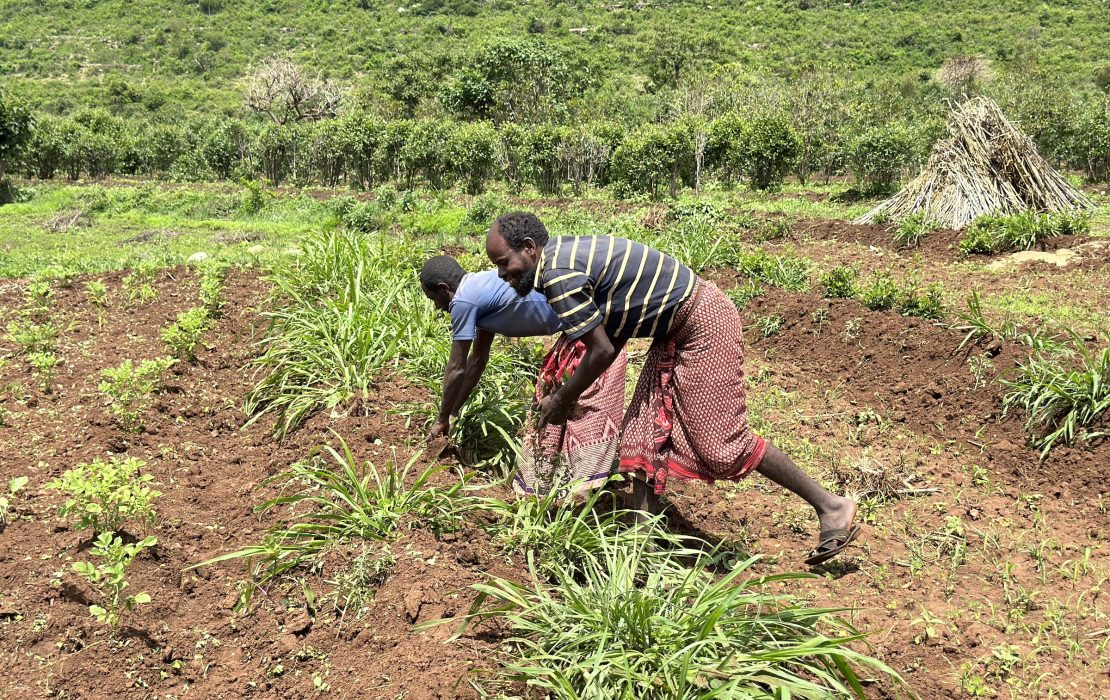
In Ethiopia, the SCALA programme carried out a system-level assessment to better understand the needs of smallholder farmers in the Harari region. Photo: Melanie Pisano / UNDP
What support is available for countries to develop their NAPs?
Funding for the formulation and implementation of NAPs has so far been provided by the Green Climate Fund (GCF), the Global Environment Facility (GEF) and other bilateral donors. Currently, GCF’s Readiness Programme remains the only continuously available funding source for NAP formulation support, with US$3 million available per country. This support enables countries to set up the foundation for implementation by formulating NAPs, developing investment plans, financing strategies and project pipelines, integrating budgets, planning development at the national and subnational levels and building capacity.
The successful implementation of NAPs requires stable, multi-year funding and technical support. However, there is a huge gap between adaptation financing needs and flows. In 2022, international public adaptation finance flows to developing countries amounted to around $28 billion. But estimates put adaptation finance requirements in developing countries at between $215 – 387 billion per year.
How is UNDP supporting countries in developing and implementing their NAPs?
As of November 2024, 143 countries have initiated their NAPs, with 61 of them having already submitted to the UNFCCC. UNDP has supported a total of 38 developing countries, including 21 LDCs and SIDS, to formulate and submit their NAPs.
Currently, UNDP is actively supporting 50 developing countries in their national adaptation planning efforts, helping them mobilize resources and implement climate solutions. In 2024, UNDP supported 10 countries to submit their NAP readiness proposals to the GCF. This strategic work provides the foundations for adaptation programming. Through funding from the Swedish International Development Cooperation Agency (SIDA), UNDP has supported 30 countries in aligning their NAPs and NDCs.
Bhutan’s NAP and NDC both prioritize adaptation in the water sector. With UNDP’s support and funding from GCF Readiness for the NAP process and subsequent publishing in 2023, the government conducted a nationwide assessment of climate change impacts which highlighted key actions in watershed restoration and climate-proofing dams and irrigation systems. The country was then able to mobilize additional resources totaling $8.9 million from GEF’s LDC Fund to address water shortages and implement large-scale adaptation efforts in three districts.
Meanwhile, as one of the first countries to create a NAP focused on strengthening the resilience of its cities, Uruguay strengthened its climate adaptation through robust monitoring and evaluation systems by creating an interactive online tool that allows citizens to track 41 adaptation measures and 481 activities with UNDP’s implementation support and GCF Readiness funding.
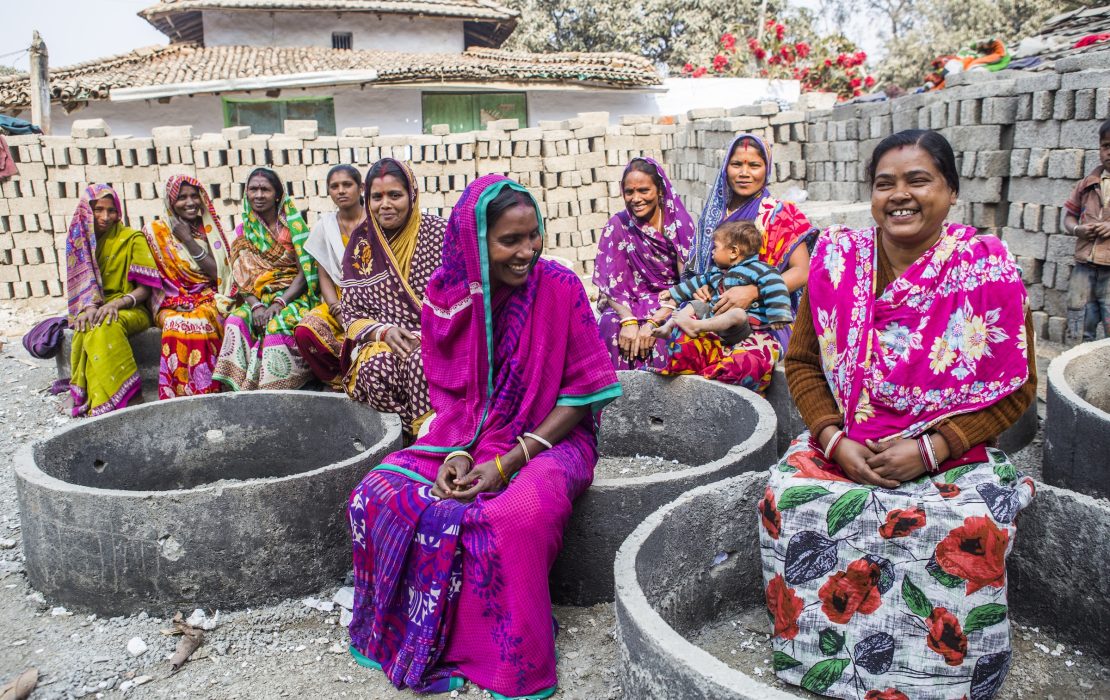
India’s NAP proposal was one of four supported by UNDP that were approved by the GCF in 2024, together with those of North Macedonia, Senegal and Burundi. Photo: UNDP India
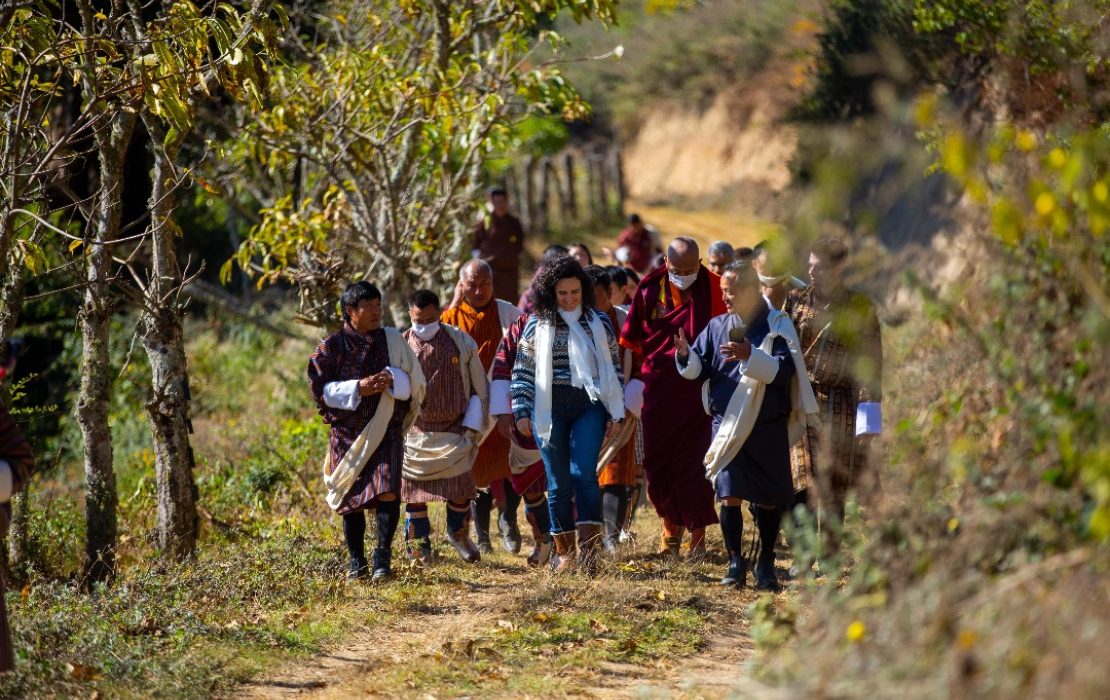
In December 2024, GCF experts visited Bhutan to witness the impact of an irrigation scheme shaped by insights from the country’s NAP work. Photo: Dechen Wangmo / UNDP Bhutan
UNDP, through its Climate Promise, is a core partner of the UN Secretary General’s Adaptation Pipeline Accelerator. Under this initiative, with financial support from the Government of Germany, UNDP supported Mali in finalizing its first National Adaptation Plan and preparing a project proposal to access GCF’s NAP funding. It also facilitated Cote d’Ivoire’s preparation of five adaptation projects as part of a government portfolio to implement the NAP and NDC in consultation with local authorities, civil society organizations and the private sector. In July 2024, the African Development Bank approved one of these concept notes focused on early warning systems for $7.1 million.
The SCALA programme, co-led by UNDP and the Food and Agriculture Organization (FAO) and funded by the German Federal Ministry for the Environment, Climate Action, Nature Conservation and Nuclear Safety (BMUKN) through its International Climate Initiative (IKI), assists countries in translating their climate commitments – NDCs and NAPs – into concrete actions, particularly in the land use and agriculture sectors. By identifying pathways for implementation and engaging the private sector, this programme is driving transformative change in food systems across more than 20 countries.
In Ethiopia, the SCALA programme worked with the Ministry of Agriculture to support the country’s NDC and NAP implementation. The work addressed key gaps in adaptation and developed local implementation plans for four regions. Additionally, training sessions provided under the programme helped regional planners integrate climate actions into district-level development plans.
With SCALA’s support, Mongolia’s NAP and NDC have coinciding dedicated chapters on adapting animal husbandry, fruits and berries, and arable farming with nature-based solutions like forest strips to combat erosion and enhance soil health.


